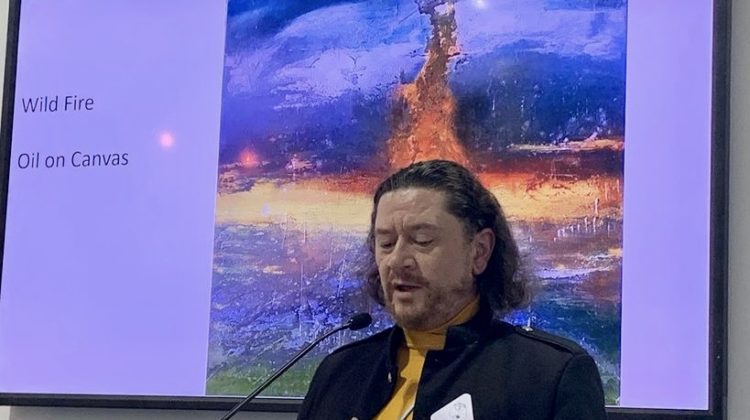
How did Norwich-based artist Gennadiy Ivanov come to showcase his art and speak at COP26? Here he describes a journey from the Norfolk coastline to a region of Canada which has experienced some of the highest warming rates on the planet
How did becoming an artist-in-residence for Transitions, an art-science project about climate change in Canada, come about and what does it involve?
In 2017, I painted scenes of the Norfolk coastline in the knowledge that coastal erosion is the huge challenge for the country, worsened by rising sea-level resulting from climate change. I have seen houses fall into the sea, and farmland lost. It affected me greatly. It was very emotional for me, because I am a migrant, and I left my home for good to be an artist, but some people lose their homes for nothing! It’s terrible to see!
This experience led me to meet two fantastic Canadian and British scientists, Professor John Pomeroy, Director of the Global Water Futures Research Programme, and Professor Trevor Davies, former director of the Climatic Research Unit of the University of East Anglia. We organised two Canadian art-science expeditions and what I saw there devastated me!
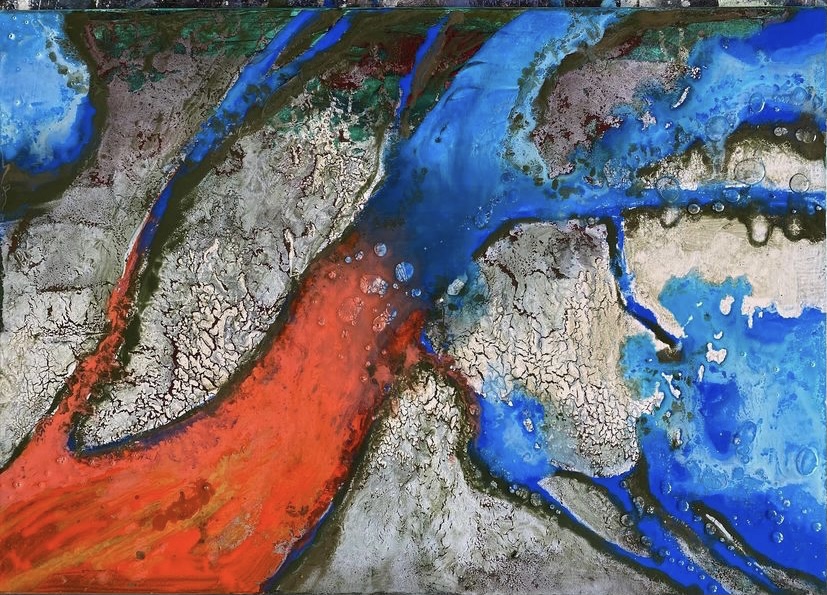
Do you think art and science can work together in a powerful way when the theme is climate change?
I can say that my ‘art matters’. I have many paintings, some of which are difficult to look at. However, when the truth hurts it is more important to portray it. In my point of view, the artist can be a catalyst for change. Art and artists can play an important role in raising awareness, drawing a new audience and participants, and helping inspire action so that, even at this late stage, we can avoid some of the very worst consequences of human-induced climate change. This is why I try to make my art matter – so that it not only tells the truth but helps motivate change.
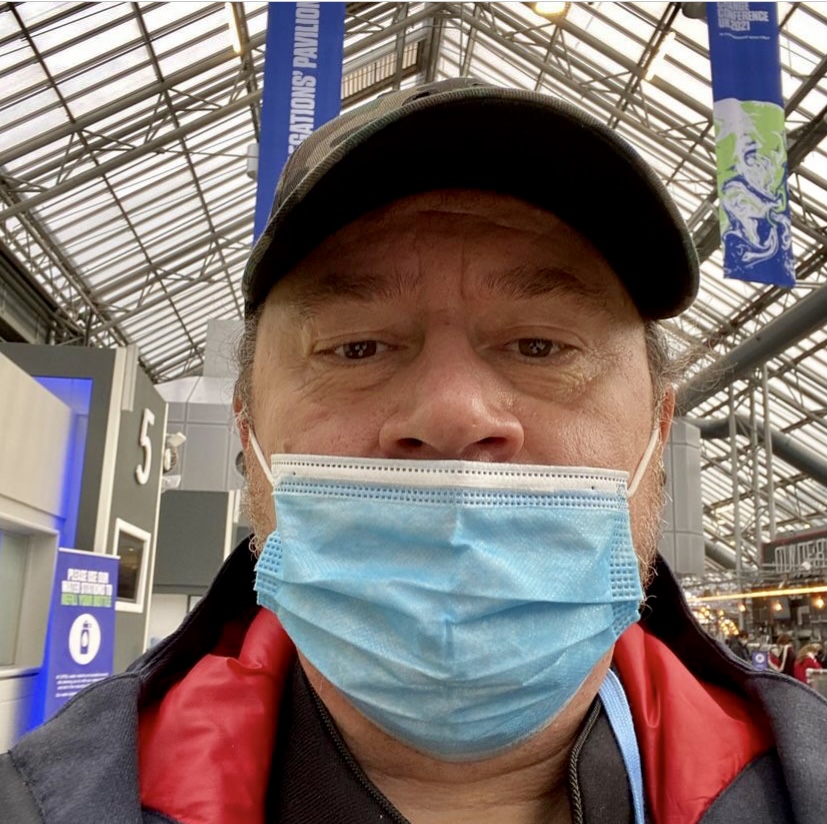
How did attending, and speaking, at COP26 come about?
I exhibited a selection of work (several oils and pastels), which were chosen by scientists. Professor Pomeroy had several presentations and talks at the Cryosphere Pavilion about his programme and about our Transitions project. It was an important role for me to be there is well. It was a great success and led to an invitation from UNESCO and the UN to show the paintings and speak about the Transitions project.

How was the experience and did it lead to some interesting conversations with delegates?
I met many people from around the world: European youth organisations; people from the Royal College of Psychiatry; bloggers and members of the press from Germany, Italy, Pakistan and India; students from The Royal Society scientific academy; teachers and students from Arizona and Massachusetts universities; and journalists from American radio stations and podcasts. Most of them took photos of my works, asked me a lot of questions and did interviews. I was there for one day only. It was very busy with 25,000 attendees.
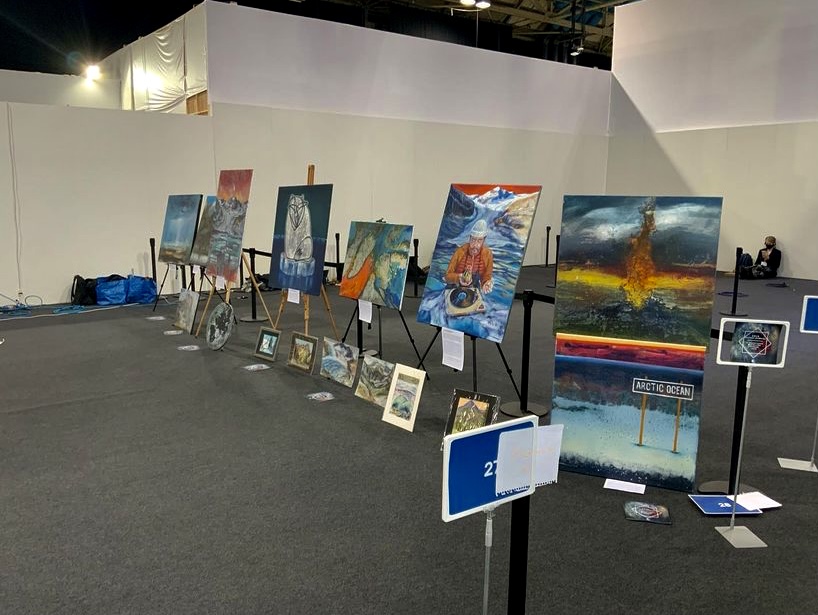
Is it helping you to put Norfolk art on the map in some way?
I have been talking a lot about Norfolk and Norwich: what Norfolk is facing right now, problems with the coastal erosion, and how artists are trying raise the alarm about it, because the water is rising.
Where are you hoping to exhibit your work in the future?
Next year I am expecting to exhibit in Canada, in the Whyte Museum in Banff. After this presentation at COP26, I have had several invitations to exhibit in the US, and, as I said above, to exhibit in UNESCO headquarters in Paris and at the UN General Assembly in New York next year. I have also been invited by Tajikistan’ s ambassador to continue this project in Tajikistan with the GWF exhibition. Also, I have had several invitations to exhibit in Kanpur, India.
Transitions
Global Water Futures presented Cold Regions Warming, a Transitions exhibition and interdisciplinary collaboration with artist Gennadiy Ivanov and Professors Trevor Davies and John Pomeroy, at COP26. Visit www.gennadiyart.weebly.com






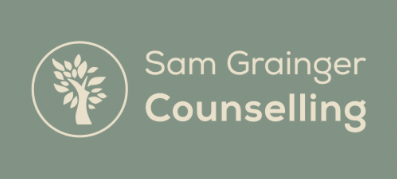


Leave a Reply